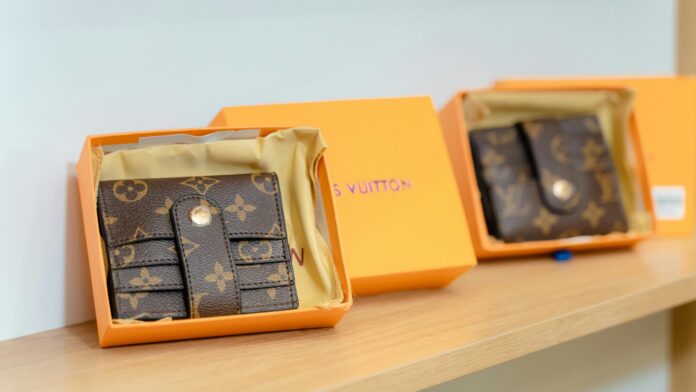How Post-Pandemic Shifts and Digital Platforms Are Redefining Consumer Behavior
Study of consumer behavior post-pandemic, emerging markets, and digital platforms’ influence.
Frontpage Journal | Business Insights
The global luxury goods market is undergoing a profound transformation, shaped by post-pandemic shifts in consumer behavior, rapid growth in emerging markets, and the increasing influence of digital platforms. For C-suite executives, brand strategists, and Gen Z professionals in retail, marketing, and investment sectors, understanding these dynamics is crucial to capturing market share, sustaining brand value, and anticipating the next wave of consumer trends.
Post-pandemic consumption patterns have altered both the frequency and nature of luxury purchases. Health and travel restrictions initially curtailed spending, but as economies reopened, there has been a surge in selective, high-value purchases reflecting pent-up demand. Consumers are increasingly prioritizing quality, heritage, and sustainability over sheer volume, signaling a move toward conscious luxury. This shift has prompted brands to emphasize craftsmanship, ethical sourcing, and transparency in product narratives, aligning with values that resonate particularly with younger consumers who are increasingly brand-conscious yet socially responsible.
Emerging markets, particularly in Asia, the Middle East, and Latin America, are driving significant growth for luxury brands. Rising disposable incomes, urbanization, and aspirational consumer segments have expanded the addressable market, with China alone accounting for a substantial share of global luxury sales. Brands are adapting by tailoring product offerings, marketing campaigns, and customer experiences to local cultural preferences while maintaining the global prestige associated with heritage and craftsmanship. In parallel, secondary cities and tier-two markets are emerging as key growth corridors, challenging brands to rethink distribution, retail footprint, and experiential marketing strategies.
Digital platforms are now integral to luxury consumption, reshaping customer engagement and purchasing behavior. E-commerce, social media, and digital storytelling allow brands to reach a broader, younger audience, blending convenience with immersive experiences. Live commerce, augmented reality try-ons, and influencer partnerships have transformed online retail from a transactional channel into an experiential platform. Luxury consumers increasingly expect seamless integration of digital and physical experiences, pushing brands to innovate across omni-channel strategies while preserving exclusivity and aspirational value.
The evolution of the luxury market also raises strategic considerations for supply chains, pricing, and brand governance. High-demand products must be managed carefully to balance scarcity with accessibility, while counterfeit prevention and intellectual property protection remain priorities in digital commerce. Sustainability initiatives, including circular economy programs and carbon-neutral production, are becoming differentiators, particularly as younger consumers scrutinize brands for environmental and ethical alignment.
Economic and social implications extend beyond corporate profitability. Luxury market growth contributes to local economies through retail development, tourism, and ancillary sectors such as logistics, digital services, and marketing. It also drives employment in high-value sectors like design, craftsmanship, and creative marketing, highlighting the sector’s role in broader socio-economic development. However, brands must navigate potential challenges, including geopolitical tensions, fluctuating exchange rates, and regulatory shifts in emerging markets, which can impact pricing, supply chains, and market access.
For investors and corporate leaders, the current luxury market landscape demands strategic foresight and agility. Success requires understanding evolving consumer preferences, leveraging digital technologies to enhance engagement, and aligning brand narratives with values-driven consumption. Brands that embrace innovation while preserving heritage and exclusivity are better positioned to capture long-term loyalty and premium margins.
Gen Z professionals entering luxury retail, digital marketing, and brand management will play a pivotal role in navigating this dynamic market. Proficiency in data analytics, digital content creation, consumer psychology, and global market strategy will be essential. Those who can synthesize technology with cultural intelligence and sustainability insight will be uniquely capable of shaping the next generation of luxury experiences.
In conclusion, the post-pandemic luxury goods market is defined by shifting consumer values, expanding emerging markets, and the transformative impact of digital platforms. For industry leaders, understanding these dynamics is not merely about capturing sales but about reinforcing brand relevance, cultivating loyalty, and strategically navigating global opportunities. Luxury is no longer just a product category, it is an evolving ecosystem where technology, culture, and sustainability converge, and where future competitiveness depends on insight-driven innovation, operational agility, and a deep understanding of the changing consumer psyche.




